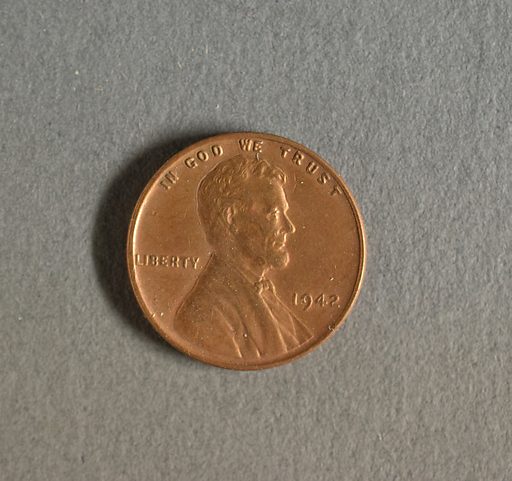

WASHINGTON, D.C. — The U.S. Mint has placed its final order for penny blanks and will cease production of the one-cent coin once the current inventory is depleted, expected by early 2026, according to an announcement updated on Saturday, May 24, 2025, at 09:59 AM EDT. The decision, driven by escalating production costs and aimed at streamlining the federal budget, is projected to save the government approximately $56 million annually.
The move follows former President Donald Trump’s directive on February 10, 2025, via Truth Social, where he labeled penny production “wasteful” and instructed the U.S. Treasury Secretary to halt minting immediately. Trump highlighted that producing a penny now costs nearly 4 cents, a 20% increase from the previous year due to rising zinc and copper prices, as reported by the U.S. Mint for fiscal year 2024. His post also referenced Elon Musk’s Dogecoin, hinting at possible influence from digital currency advocates.
Key points include:
- Final Order: The last batch of penny blanks has been purchased.
- Production End: New pennies will stop when existing blanks run out, likely by early 2026.
- Cost Savings: An estimated $56 million annual savings for the government.
- Rising Costs: Production costs have risen to nearly 4 cents per penny.
- Rounding Adjustment: Businesses using cash will need to round transactions to the nearest nickel.
- Continued Use: Existing pennies remain legal tender.
The decision also affects other coins, with nickels now costing 10.4 cents each to produce—a 40.2% increase since 2020, per the Mint’s latest biennial report. While Trump’s directive has sparked debate, it remains unclear if Congress or the Treasury will fully implement the change. The iconic Lincoln penny, featuring designs like the 1942 Wheat Penny by Victor David Brenner, will soon become a collector’s item as production winds down.









